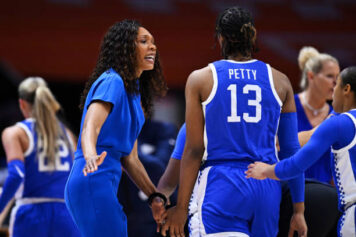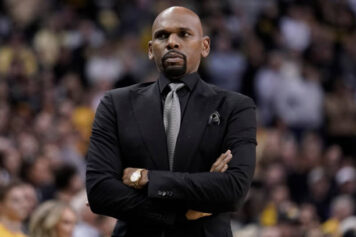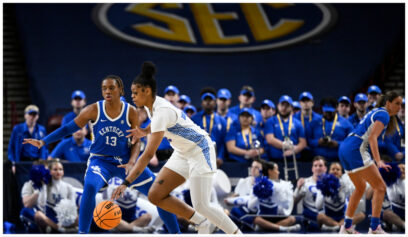During one of the most contentious and racially-charged times in American history, a team from Starkville, Mississippi snuck out of town, defying a state injunction to play a basketball game against a team full of African-American ballers in the NCAA Tournament. In 1963, teams from Mississippi did not play integrated opponents—even in the Mideast Regional.
No, I’m not talking about Texas Western.
The movie Glory Road was dope. Matthew McConaughey killed the role of Don Haskins, whose Texas Western team – with five African-American starters – manhandled bigot Adolph Rupp's all-white Kentucky Wildcats for the national title. Most consider that game the catalyst to full integration in college basketball. If Hollywood says it’s true then put it in the books, right?
Negative.
That game was in 1966, three years after the Loyola University (Chi.) Ramblers beat the Mississippi State Maroons (as MSU was known at the time) in a game that is almost forgotten nearly 50 years later.
The 1963 “Game of Change,” featured Loyola’s African-American populated squad against an all-white team from a college that symbolized confederate ideology and epitomized racial oppression at the time. Loyola won the game 61-51 to cap off a fairytale run and earn a Division I national c’hip. The Ramblers participated in the Big Dance despite receiving hate mail and death threats along the way.
The moment that symbolized a real shift in race relations however, was during the pregame handshake between Loyola’s Jerry Harkness and MSU’s captain Joe Dan Gold. Harkness was the black captain for a blacker squad, that unexpectedly bum-rushed the college rankings and flaunted its diversity in the face of the 1960, segregated south’s unwritten rules. Just five months earlier, U.S. marshals and federal troops were posted up at nearby University of Mississippi to contain rioting in response to African-American James Meredith integrating the spot.
At the time, college basketball was still predominantly white, with usually no more than two or three black players appearing on the floor at any one time. But in '63, the Loyola Ramblers' starting lineup featured four brothers balling and shot-calling. It had a profound, immediate impact on college basketball, actually setting the stage for Haskins' barrier-breakers three years later.
"In 1966, I had to leave George Washington Carver (in Maryland), an all-black school for first through 12th graders, and was bused to a white school," former Minnesota coach Tubby Smith said in a 2012 ESPN article. "This shapes and molds who you are. This game, it shaped and molded an entire generation."
While the Game of Change is but a blip on college basketball’s historical radar, its significance can’t be ignored. The bravery, class and leadership both teams exhibited, created one of the proudest days in American sports history, defied segregation in the most emphatic terms, and opened the flood gates for many more Big Dance magic moments.



